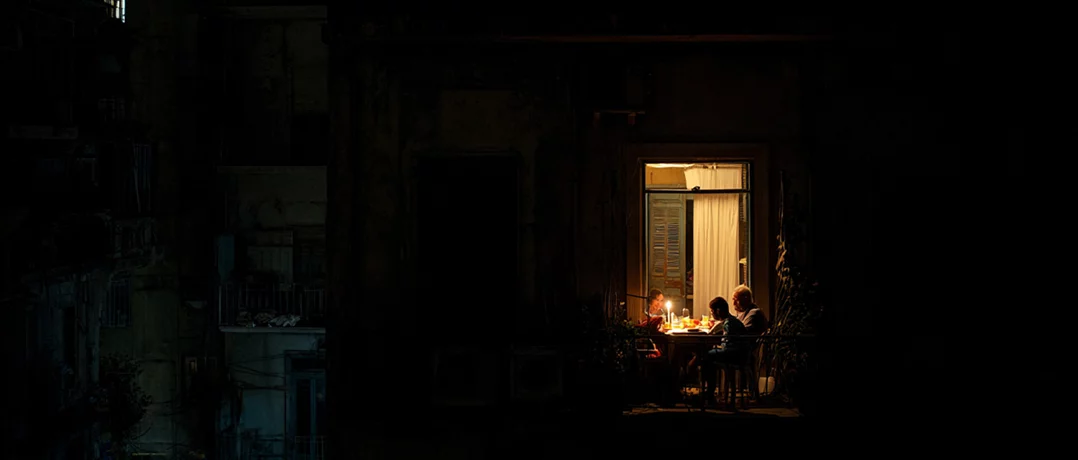Five years after its collapse, Lebanon’s economy runs on resilience, not reform. Fueled by remittances, tourism, and cash, it survives through creativity and grit.
Lebanon’s economy: surviving and striving
Lebanon’s economy: surviving and striving


Five years after the 2019 financial collapse, Lebanon has yet to find the key to recovery. And yet, the country keeps moving, trading, and consuming. A battered but living economy, sustained by its diaspora, tourism, and a parallel system where cash reigns supreme.
In Lebanon, the economy is no longer planned, it’s improvised. Since the October 17, 2019 crisis, which blew up the banking system and crushed the national currency, the country has created its own model: the economy of survival.
It doesn’t grow; it adapts. It doesn’t thrive; it persists. And despite losing over 60% of its value between 2019 and 2024, Lebanon continues by miracle or instinct to keep its economic wheel turning.
The diaspora: Lebanon’s true central bank
When banks shut down, families open their wallets. According to the World Bank, remittances from Lebanese abroad reached $6.4 billion in 2024, or nearly 32% of GDP, a global record.
These funds pay for everything: bills, education, healthcare, even real estate. In short, the diaspora has become the country’s main source of liquidity, far surpassing tax revenues. Without it, Lebanon’s economy would collapse within weeks.
Tourism: a ray of sunshine in the gloom
Even with power cuts, Lebanon keeps the light of tourism alive. In 2024, the country welcomed 1.13 million visitors, generating $1.4 billion in revenue, according to the Ministry of Tourism. Despite a 32% decline, the sector remains the second-largest source of foreign currency, right after remittances. The summer of 2025 brought a breath of fresh air: festivals, concerts, and religious tourism filled hotels from Byblos to Batroun. Each successful season acts as a small rescue plan a “rescue plan” that doesn’t need to say its name.
Agriculture and industry: the forgotten sectors
Lebanon may feed its tourists, but it struggles to feed its farmers. According to the FAO, agriculture which employs 11% of the labor force lost nearly $586 million due to the crisis and the destruction in the South. Industry, however, is holding on through exports: $4.2 billion in 2024, driven by agri-food products, pharmaceuticals, and jewelry. Most of these businesses are family-run or diaspora-owned, small enterprises that prove Lebanon can still produce, even without credit.
Cash and the informal economy: the invisible engine
The IMF estimates that 80% of transactions in Lebanon now happen in cash. Deprived of a banking system, the Lebanese have reinvented a liquid economy, paying in bills, storing in safes, and investing in cash. This parallel system may escape taxation, but it keeps commerce, restaurants, and construction alive, fueled by dollars flowing in from abroad. A noisy engine, perhaps, but one that still runs even without a fiscal carburetor.
Digital and creative industries: The 2.0 hope
When jobs disappear, ideas take over. According to Arabnet Beirut (2025), more than 2,500 Lebanese startups are active in tech, design, and remote services. These young entrepreneurs export their skills abroad while staying in the country. The result: fresh dollars, local jobs, and a Lebanon that remains, despite everything, an intellectual and creative hub, a kind of Silicon Valley on generators.
Lebanon keeps rolling but without brakes or a steering wheel. Its economy now relies on resourcefulness, solidarity, and resilience. Remittances, tourism, and creativity keep the country standing, but without structural reforms, Lebanon is coasting downhill. And yet, every morning, the old engine sputters back to life tired, dented, but stubbornly alive.


